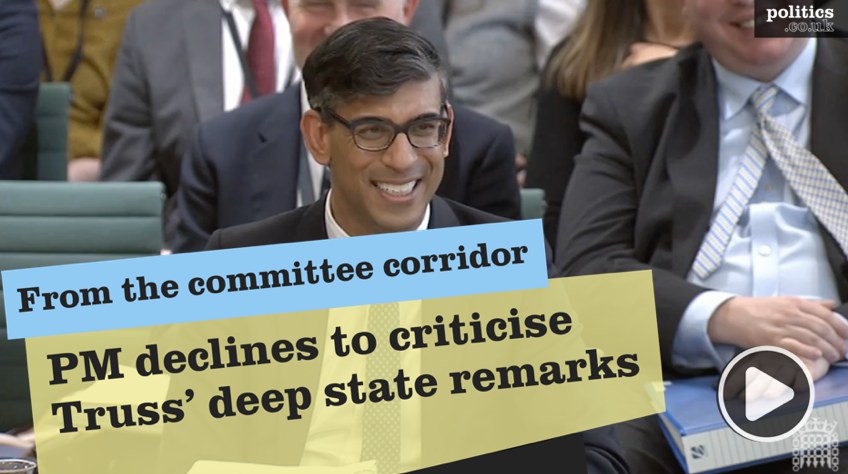Election 2010: The north
The Conservatives must make big breakthroughs across the north of England if they are to regain power in the 2010 general election.
Six months out from the likely date of the general election on May 6th, here’s a pick of some of the key battlegrounds which could dominate the coming campaign.
North-west


The Conservatives held their party conference in the north-west, arguably the most fascinating region in the coming general election campaign. Classic Labour territory can be won over to the Tories as Crewe and Nantwich showed earlier this year. Long-serving Labour MP Gwyneth Dunwoody’s former agent, David Williams, is challenging Timpson this time round. The word on the ground is there is very little campaigning going on in the constituency from Labour, apart from a few leaflets being sent out from head office. There’s still time yet.
Among the other battlegrounds where the Tories will be looking to put pressure on Labour is Copeland, one of Labour’s key marginals in the 2005 election. Jamie Reed is expected to face tough campaigning from the Tories here. Also potentially fruitful for the Tories are the two Burys: Bury South sees Foreign Office minister Ivan Lewis taking on Michelle Wiseman, a prominent figure in the strong local – and electorally influential – Jewish community. Bury North requires a swing of just 5.5 per cent for David Chaytor to lose his seat.
An ‘interesting’ constituency where a local issue is likely to override a national one is Barrow-in-Furness. Former defence secretary John Hutton is standing down at the election and had a majority of over 6,000 in the 2005 election. This is a typical Labour constituency, although it was held by the Tories briefly for two terms when Labour adopted a non-nuclear defence policy. Trident is the key here – suggestions that Labour could cut the number of Trident nuclear submarines will not go down well.
North-east
Labour are well and truly on the defensive in the north-east. The region is usually a stronghold but with the Conservatives eyeing a big victory even some seats in this heartland are under threat.
Both sides admit Tynemouth will be a key battleground. Alan Campbell, the Home Office minister, is defending a majority of over 4,000 but faces a real challenge from the Conservatives’ Wendy Morton. The Tories control North Tyneside council and recently won the local mayoral election. Morton’s ability to exploit local issues like the lack of road infrastructure around the new Tyne tunnel, and the downgrading of the local district hospital, could prove decisive here.
Another potential Tory scalp could be Dari Taylor, despite her Stockton South constituency requiring a notional swing of over 13 per cent. Labour activists here have noted the significant spending the Conservatives are pouring into here. Both Tynemouth and Stockton South came to Labour in 1997 and have incumbent MPs who know a thing or two about fighting these kinds of elections. But Tories say polling in Stockton suggests their candidate, James Walton, could outperform.
Conservative ambitions may be stretched if they think they can take Sunderland Central, a new seat. This is likely to be one of the first results to be announced on election night, making it a potential signpost for a big Tory win if the Conservatives outperform expectations. Lee Martin, the candidate, faces a local Labour party confident they can rebuff his advances.
Even Tory dreamers would admit they don’t stand a chance in neighbouring Houghton and Sunderland South. Boundary changes have had their effect and Chris Mullin is standing down, but with replacement Bridget Phillipson just 25 years old this could prove an interesting seat to watch.
The region is not exclusively a Conservative-Labour fight. Roberta Blackman-Woods faces real pressure from the Liberal Democrats in the City of Durham, a student-dominated constituency which is the Lib Dems’ top target in the region.












